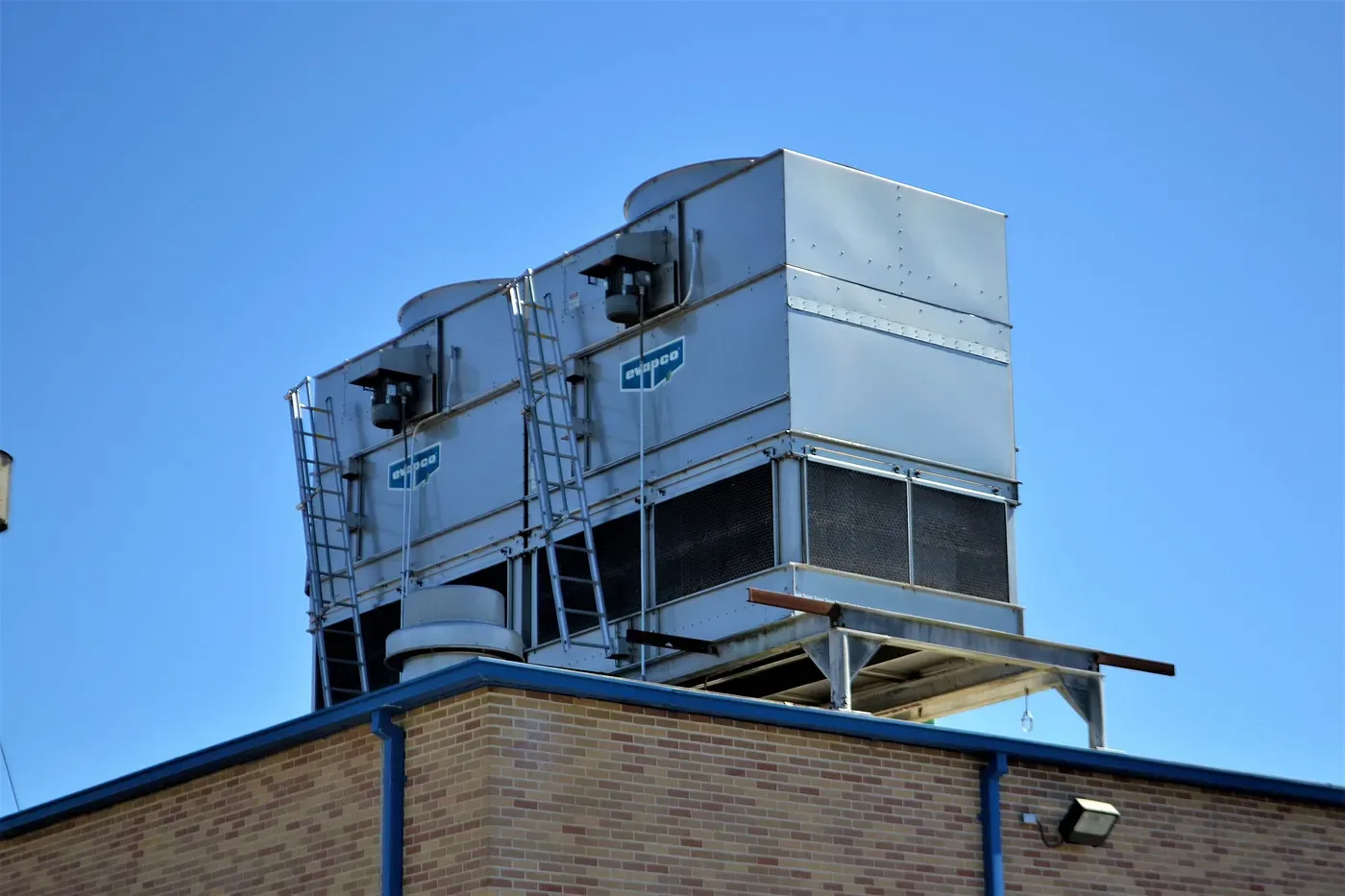You might have experienced this when you’ve visited any large building, where you’ve felt heat or cold, with the centralised system around the roof. You might think of it as an extended air-conditioner or heat pump, that is also designed to provide thermal comfort. But these are slightly different. So, what is an HVAC?
HVAC stands for Heating, Ventilation and Air-Conditioning System. It is a term that stands for the entire set of heating and cooling systems.
It is a complete thermal comfort system that can be used to heat and cool your building’s rooms as well as provide improved indoor air quality. HVAC can be easily confused with the term AC. But AC simply refers to air conditioning on its own, while HVAC refers to the broader system, which may or may not include an air conditioning unit.
HVACs are a complex system to understand but it makes things easier if we can understand how these systems evolved.
Let’s start with the evolution of heating

Using fireplaces to warm a room is ancient, but there were other systems much before. One of them is the Korean Ondol method, which dates back to the Iron Age (1200 BC — 550 BC). It uses an outside furnace, underfloor pipes, and stone that would retain heat for longer periods and release heat slowly. Arguably, it was the first form of radiant floor heating and was used by both rich and poor people.
Interestingly, it has been refined over hundreds of years and is still used in South Korea today.
A similar concept of heating a central area to provide warmth to the surrounding rooms was developed later by the Romans, in parts of England and Germany.
And now the evolution of cooling
Since the evolution of systems is mostly with respect to civilizations addressing their most harsh climates, you’d find more discoveries of cooling systems in tropical/ equatorial climates.
Around 206 B.C. in China, early cooling systems were invented. The windmill fan was first created, for the military to start with and later for residential purposes. Later this system was further developed for the riverside homes to pump water to the rooftop and decrease the heat.

Such systems can also be familiar with Indian homes where the central area (verandah, as we call it) was created to collect the rainwater as well as improve the evaporation of heat.
By now, you might have observed that most early thermal comfort systems, concentrated on heating or cooling a selected area by inducing energy on a specific thing and then using circulation methods for the entire rooms. And this is how the HVACs we see today have evolved using the concepts of radiation, evaporation, fluid circulation and thermodynamics.
Since the 1600s, serious experiments have been taken up by various scientific communities to invent and industrialize the centralized thermal systems that can used for human comfort, that includes Louis Saviot, Dr.John Gorrie, Willis Carrier and a few more.
How does the modern HVAC function?
The modern HVAC could contain some or all of the parts mentioned below, designed based on the geography and the target market:
- Air Conditioner — This cools your room by removing heat and humidity from the inside and transferring it outside. The working of an air-conditioner is explained here.
- Heat Pump — Contrary to the name, a heat pump can both heat and cool your home. They use refrigerant to absorb, transport, and release heat, and they can reverse the flow of that refrigerant depending on whether you need heating or cooling. Heat pumps are powered by electricity, not fossil fuels.
- Furnace — Furnaces create heat by burning a fuel source like natural gas or propane. The heat they create is then distributed throughout your home, to increase the indoor temperature.
- Air Handler — Air handlers circulate both warm and cool air formed by other HVAC units throughout your entire building, to reach your desired temperature in every room.
- Ductwork — Ductwork is a system of pipes, also known as ducts, that carry and distribute air from units like your furnace, air conditioner, and heat pump.
- Thermostat — The thermostat is located inside your room that allows you to control your indoor temperature. When you change the temperature on your thermostat, it signals to the rest of your HVAC system your home needs to be warmer or cooler.
You set your temperature using the thermostat. When the thermostat tells the other HVAC units in your room the temperature needs to change, they will begin the process of producing warm or cool air. That newly warmed or cooled air will be distributed throughout your home with the help of ductwork or an air handler. If your home features a ductless system, refrigerant lines will help move the air through the system.
HVAC systems can be powered by either gas or electricity, though most systems are now electric. The main exception is furnaces, which tend to be either gas or oil-powered.
Next time when you enter a building and feel the heat/cold, now you know what is happening at the backend.

